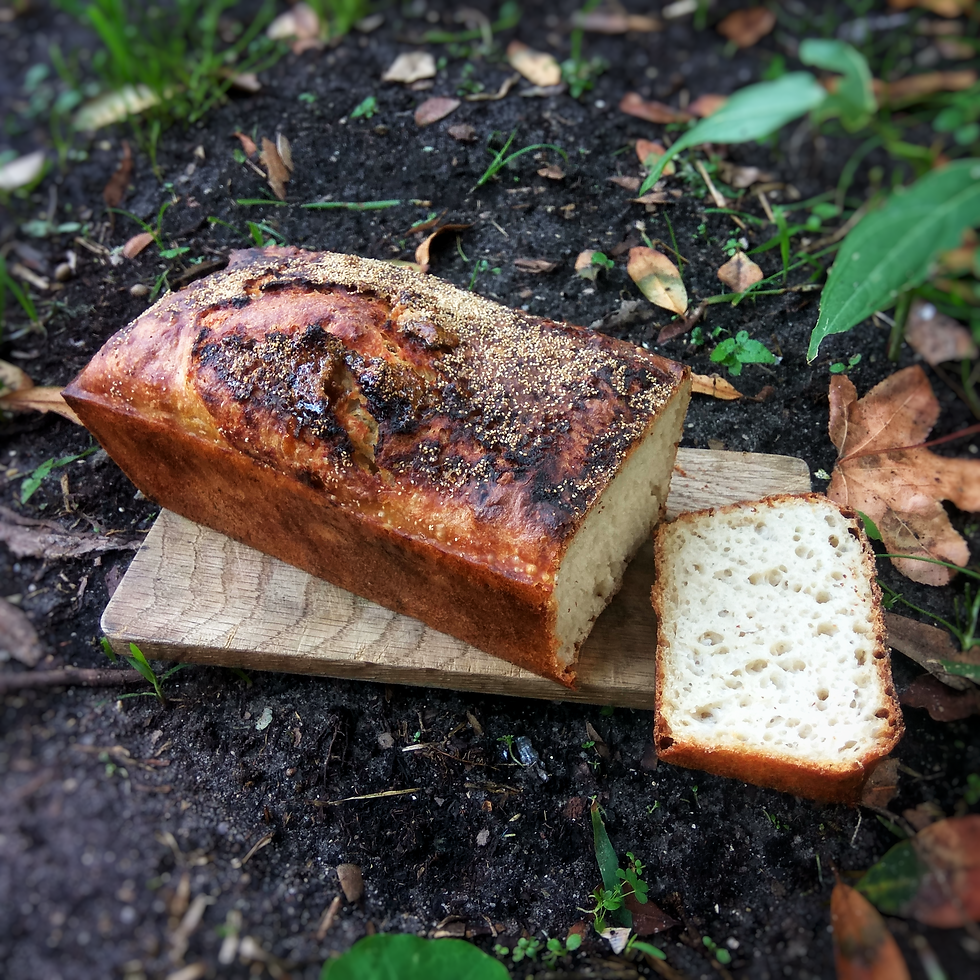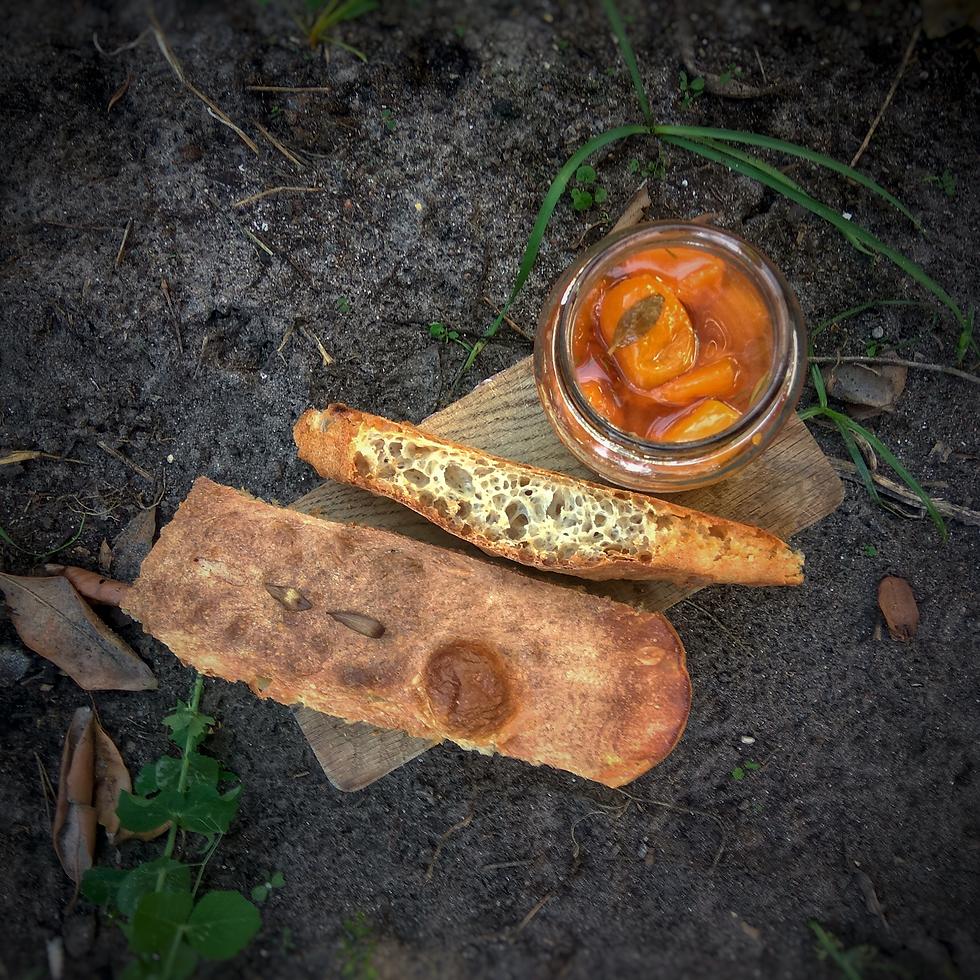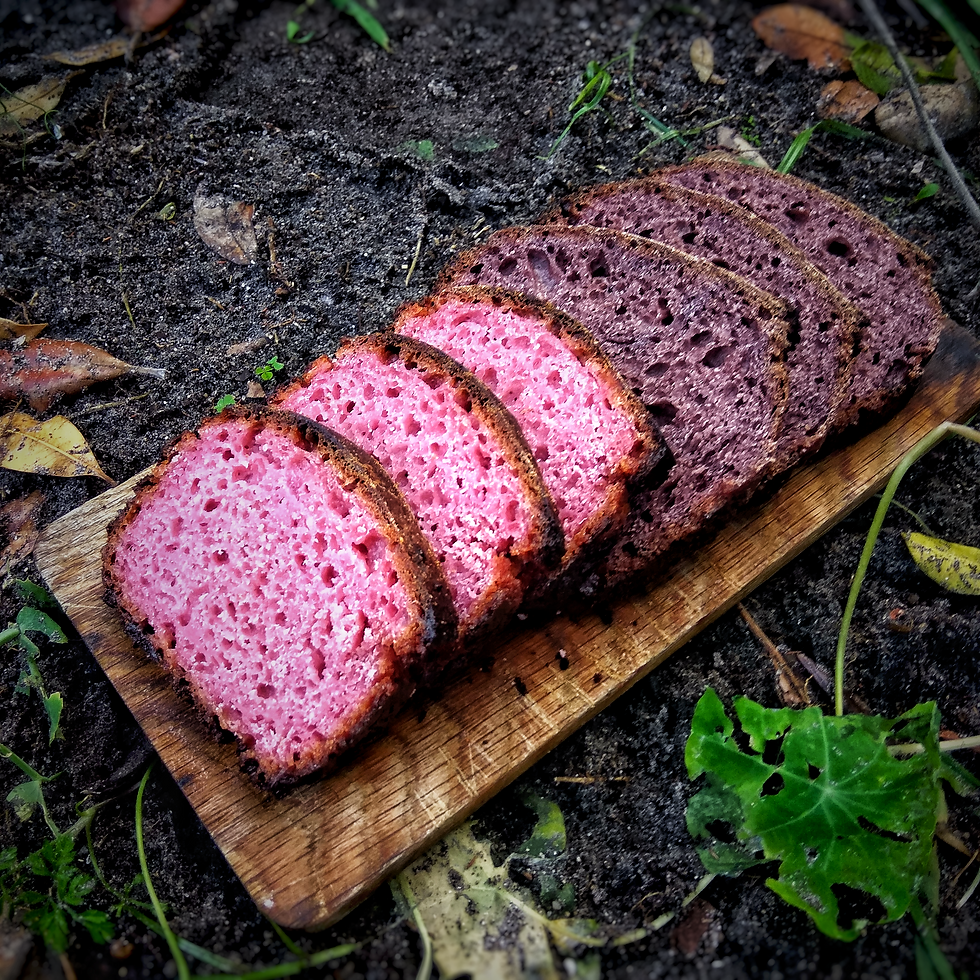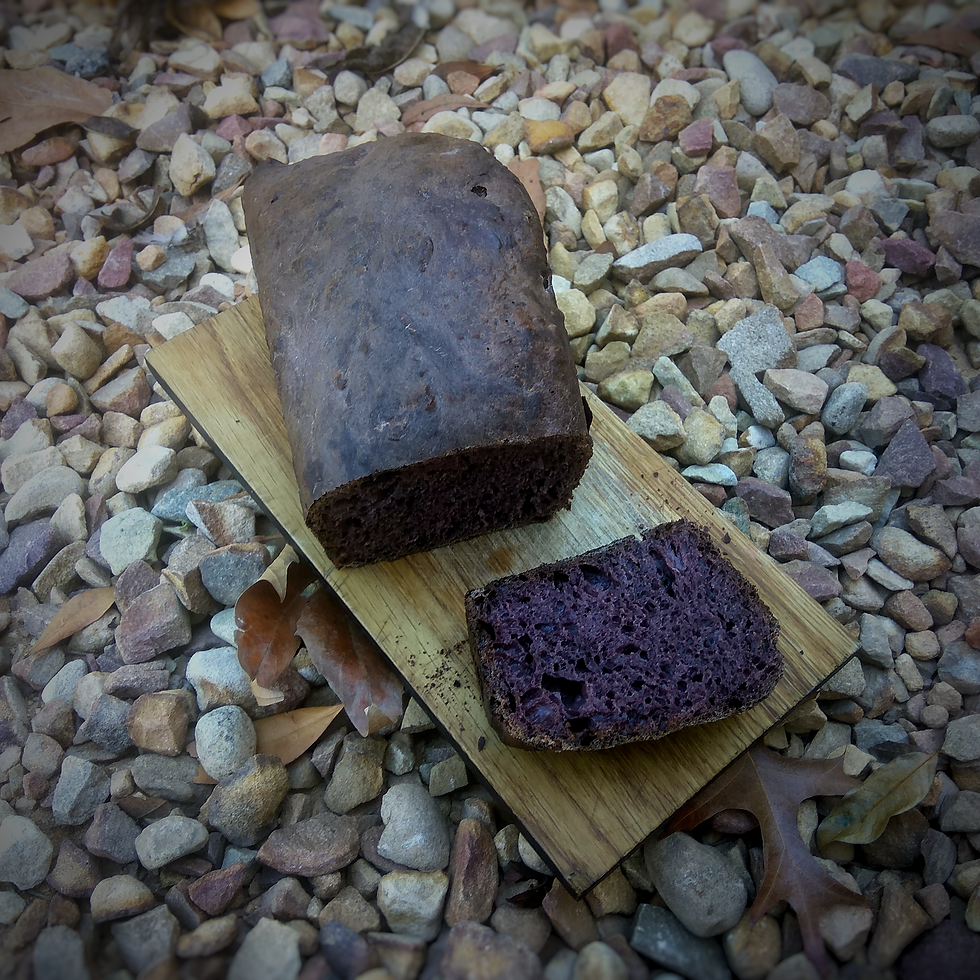Chingwa - easy flavoured bread
- Uncle Taps

- May 28, 2020
- 3 min read
Updated: May 30, 2020
This is a simple and versatile recipe that allows the easy introduction of flavour into bread without having to go to far extents (like making sourdough) to develop a complex loaf of bread.
The basic dough uses water but the beauty of it all is you can use other liquids to introduce flavour into the bread in quite a simple way. While you can use active yeast to make this bread I prefer to use my own yeast that I harvested from the environment and since I bake fresh bread every two days or so, I just mix my new dough in the bowl from yesterday that still has a little bit of dough left in it, after I emptied out the previous batch to bake in a tin.
Bread is such a simple thing to make that doesn't cost that much money, and in this format is easy to make as well. No long kneading time and all you need is yeast, flour, salt and water and you can feed yourself and some loved ones. If you don't have access to an oven fret not, you can bake just as easily on the stove as well (scroll down to the bottom of the page for a guide to baking on the stove, in a pot).
As with much else that we buy for the convenience from the supermarkets, commercial bread isn't the best not only in terms of flavour but with regards to nutrition and quality as well. Making a fresh loaf for yourself minimises the introduction of unwanted ingredients and chemicals into your food and diet.

Plain loaf sprinkled with teff grain
There are a few flavour options described beneath each alternative loaf but go as wild as you dare.
Ingredients
2 cups bread flour (self raising flour in a pinch)
*you can substitute 1/2 cup flour with 1/2 cup maize meal for a nice crunchy texture
1 cup water OR flavouring liquid
1/2 teaspoon instant yeast (or leftover dough from your previous baking efforts)
3/4 teaspoon salt
Method
1. Preheat the oven at maximum temperature for 1.5 minutes and switch off immediately
2. Mix flour, yeast and salt together in a bowl and make a well in the middle. Stir in cup of water or flavouring liquid and mix until there are no dry ingredients left. Cover the bowl with clingfilm and store in the oven overnight for at least 12 hours.

Brew 4 teabags rooibos and 1 teaspoon buchu leaves in 1.5 cups boiling water. Strain and use 1 cup for baking.
3. Transfer dough to a greased baking tin, cover again and allow to sit for another 4 hours at room temperature.

Stew 500 -750 g ripe amathungulu with 1/4 cup water for 30 minutes, strain and use 1 cup cooled to room temperature to bake
4. Preheat the oven to 230°C and baked the bread for 40 -45 minutes

Squeeze 1 cup of juice from about 500 g of muscadine grapes and use in place of water.
5. Pan toast the bread in some butter and enjoy alone or with a nice jam and cup of tea.
Stovetop bread baking
Equipment and ingredients
stove plate
fine salt
baking tin (or a pot without any plastic fittings)
pot big enough to fit and cover your baking tin (we shall call this the "oven")
a few clean pebbles or anything to raise the baking tin off the base the big pot (e.g. metal cookie cutter)
Method
1. Sprinkle an even layer of salt inside the "oven". The salt will dry out the air while things cook to simulate an oven.
2. Make a pedestal for the baking tin with your pebbles or cookie cutter inside the "oven".
3. Cover the "oven" with its lid and preheat on a stove plate set at maximum heat.
4. Once ready to bake, quickly open the lid to the oven, place the baking tin inside and close the lid. Reduce the heat to medium and bake as per usual (if you are baking something else that requires a lower temperature you will have to experiment with your stove heat levels for each new recipe)







Comments